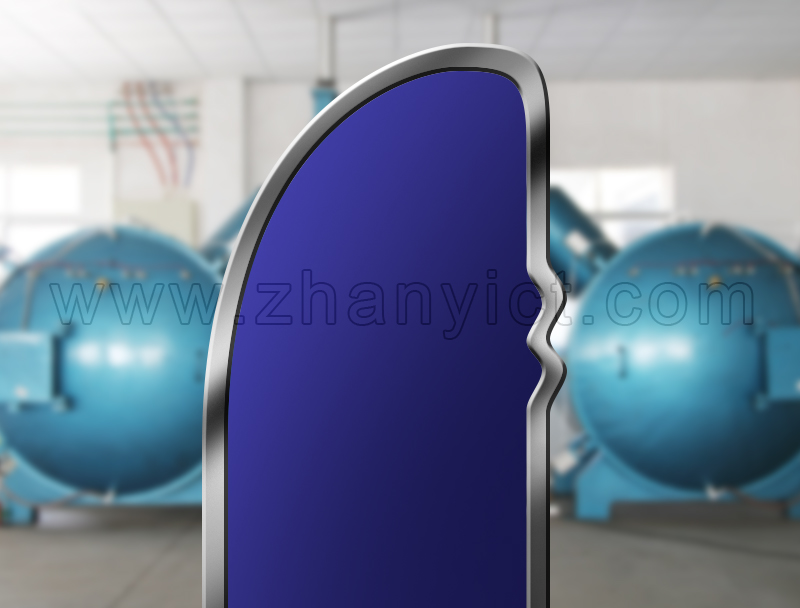Unveiling the Secret of Lead-Free Vacuum Sealing in Stainless Steel Insulated Cups – Dispelling the Myths
Every cup has a story, and life has its warmth. Hello everyone, "Dong Dong's Cup Talk" is here again. As global markets place increasingly stringent demands on health and environmental protection, the tumbler industry continues to undergo equipment upgrades and process innovations. https://www.zhanyict.com/en/ProductsDetail-VB-10490.htmlThis is especially true in the stainless steel tumbler sector, with the vacuum sealing process being a core focus. Today, we’ll delve into this topic. To make the content easier to digest, we’ve broken it down into several standalone parts.
IV. Dispelling the Myths: Common Consumer Misconceptions and Marketing Misrepresentations About Vacuum Sealing
Misconception/Misrepresentation 1: "Lead-Free = Superior Insulation"?
Truth: Insulation performance primarily depends on the degree of vacuum achieved and its long-term stability, along with the seal at the cup's mouth. While being lead-free addresses environmental and safety concerns, it does not automatically mean the vacuum level is higher than that of well-executed traditional lead-sealing methods. https://www.zhanyict.com/en/ProductsDetail-VB-10490.htmlUsing "lead-free" to imply "better insulation" is a misleading equivalence. Actual insulation performance should be verified through third-party test data (e.g., temperature retention after 6 hours).
Misconception/Misrepresentation 2: "The Harder/Thicker the Wall After Vacuum Sealing, the Better the Insulation"?
Truth: Wall hardness is mainly determined by the strength and thickness of the stainless steel itself. After vacuum sealing, the vacuum layer isolates heat convection and conduction. As a result, the outer wall temperature will be closer to the ambient temperature, https://www.zhanyict.com/en/ProductsDetail-VB-10490.htmlpossibly feeling "cool" to the touch – this is actually a sign of effective vacuum insulation, not increased "hardness." Insulation relies primarily on the vacuum layer. Excessively thick walls merely add weight without significantly enhancing core insulation performance.
Misconception/Misrepresentation 3: "Minor Deformation Doesn't Affect Use and is Normal"?
Truth: While a slight dent might not prevent the cup from holding water, it signals a potential manufacturing flaw or material weakness! It indicates compromised structural integrity, making the cup more susceptible to more serious deformation from subsequent use (e.g., accidental impacts, frequent hot-cold cycles). https://www.zhanyict.com/en/ProductsDetail-VB-10490.htmlThis can even damage the vacuum layer, leading to insulation failure. Consumers should confidently request a replacement or refund for deformed cups.
Marketing Misrepresentation 4: "We Use Aerospace-Grade/Medical-Grade Vacuum Technology"?
Truth: This is typical marketing rhetoric. While the basic physics of heat conduction and convection inhibition in tumbler vacuum sealing share principles with thermal insulation in spacecraft, the materials, process complexity, cost, https://www.zhanyict.com/en/ProductsDetail-VB-10490.htmland vacuum degree requirements are entirely different leagues. Labeling standard industrial vacuum technology as "aerospace-grade" or "medical-grade" is overpackaging without substantial basis.
Throughout my years in the industry, I've witnessed the evolution from lead-fume-filled old-fashioned furnaces to today's clean, efficient lead-free vacuum equipment – the technological progress is clear. Lead-free vacuum sealing is far from just a marketing gimmick; it represents a tangible commitment to consumer health and environmental responsibility. https://www.zhanyict.com/en/ProductsDetail-VB-10490.htmlIt entails higher production costs and more stringent process requirements, but the result is a safer, more reliable product.
As a consumer, when choosing an insulated cup:
Look for products clearly labeled as "Lead-Free Vacuum Sealed" or those certified by stringent international safety standards (e.g., RoHS, LFGB, FDA).
Assess "insulation myths" rationally. Focus on actual insulation test data and the design of the mouth seal.
Firmly reject products with obvious body deformations, as these often indicate quality defects.
Be wary of overhyped "cutting-edge tech" claims. Safety, https://www.zhanyict.com/en/ProductsDetail-VB-10490.htmlreliability, and effectiveness are what truly matter.
Every technological innovation stems from the pursuit of health and a sustainable future. A safe, well-insulated, https://www.zhanyict.com/en/ProductsDetail-VB-10490.htmland durable lead-free vacuum tumbler carries not just temperature, but also the manufacturer's dedication to quality and the consumer's trust in a better life.

There are stories in the cup, life has warmth, use a good cup to enjoy a healthy life. We provide OEM business to more than 100 companies around the world, and produce more than 3 million pieces of various stainless steel/plastic cups and pots annually. Honoring promises, keeping reputation, ensuring quality and quantity, and delivering on time are our service principles and our professional commitment. Dongguan Zhan Yi Commodity Technology Co.,Ltd. welcomes global merchants to conduct on-site factory inspections and in-depth cooperation.